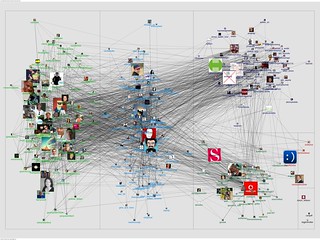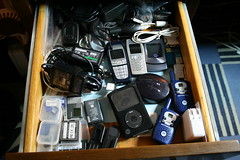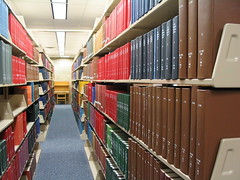[Professorial Lecture series post nine]
Over the past two decades we have together faced a number of dilemmas in an effort to keep scholarship in the discipline of librarianship relevant in a rapidly changing technology and communications environment. My lecture today focused on some of those dilemmas on how we have been able to adopt new scholarly communication methods to allow scholar-librarians to share, reflect upon, critique, improve, validate, and otherwise develop their scholarship.
As a discipline, librarianship is likely to continue to recognize the importance of the peer-reviewed journal article as a primary dissemination of new knowledge since it provides a dated snapshot of the scholars’ thoughts at the time of publication. While the traditional peer review system and some sort of organized journal structure are likely to remain important, a combination of traditional and emerging approaches is becoming more ideal for continued advancement of our discipline. The librarian-scholars who are embracing the digital scholarship need to help establish the effectiveness and use of these tools which leads to a greater understanding of the factors facilitating and inhibiting the use of digital tools across the discipline.
It is as hard to imagine today how technology will change our scholarship in the next decade as it was when the World Wide Web first went online. One doesn’t have to be a futurist to predict that a new disruptive technology will come along that will change that scholarly communications in the discipline of librarianship looks like and will present us with new series of dilemmas to manage.
[Next: Professional Lecture: Resources]





